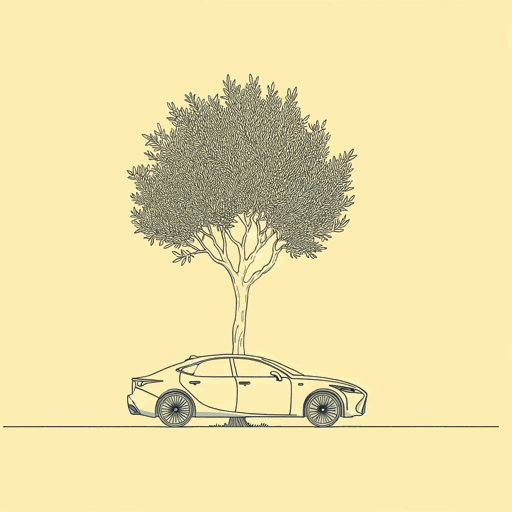62 pages • 2 hours read
Thomas L. FriedmanThe World Is Flat: A Brief History of the Twenty-First Century
Nonfiction | Book | Adult | Published in 2005A modern alternative to SparkNotes and CliffsNotes, SuperSummary offers high-quality Study Guides with detailed chapter summaries and analysis of major themes, characters, and more.
Part 6, Chapters 15-16Chapter Summaries & Analyses
Chapter 15 Summary: “The Unflat World”
Friedman admits that not all the world is flat. Vast areas have been left behind, and it is not certain if they will eventually become flat. Likewise, it is possible that flattened areas will relapse and become “unflat.” This chapter discusses the factors that might cause things to go wrong.
First, some people are too sick to participate in a flat world. While India and China are often touted as exemplars of the flat world, their poor areas do not benefit from the flat world. These areas are mostly rural, and the people in them are ravaged by disease, poverty, and despair. No one who is weakened by AIDS or malaria can create a start-up or aspire to join the middle class.
Another critical issue is how quickly debilitating problems can multiply in a flat world. Without the “walls” of the past, a pandemic could spread worldwide at breakneck speed, producing both public health and economic ramifications. The SARS virus that emerged in 2003 is prime example.
Bill Gates, who with his wife, Melinda, has started a foundation to address some of the problems that prevent flattening around the world, tells Friedman that he fears some people “may never get into the virtuous cycle of more education, more health, more capitalism, more rule of law, more wealth . . . I am worried that it could just be half the world that is flat and it stays that way” (541).
Related Titles
By Thomas L. Friedman

From Beirut to Jerusalem
Thomas L. Friedman

Hot, Flat, and Crowded: Why We Need a Green Revolution
Thomas L. Friedman

Thank You For Being Late
Thomas L. Friedman

That Used to Be Us
Thomas L. Friedman, Michael Mandelbaum

The Lexus and the Olive Tree
Thomas L. Friedman

